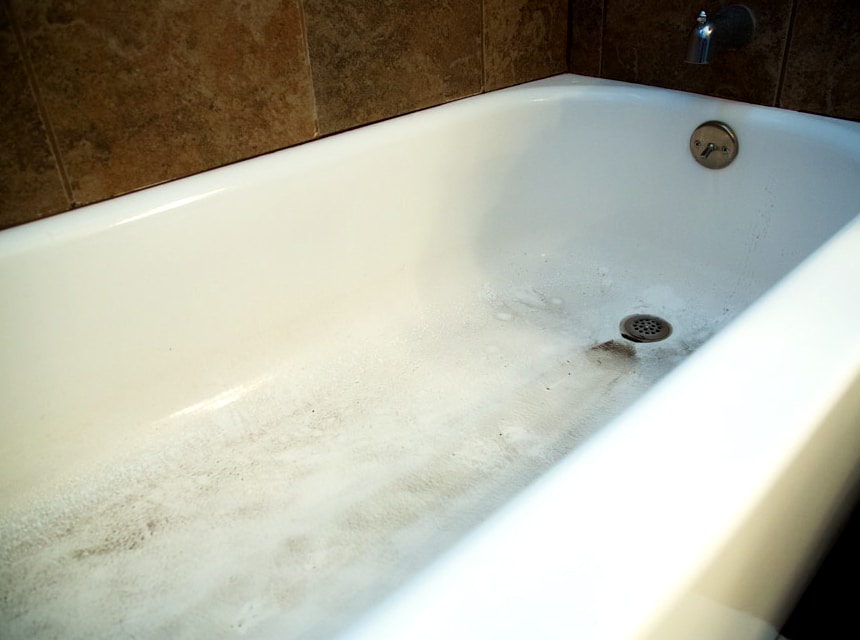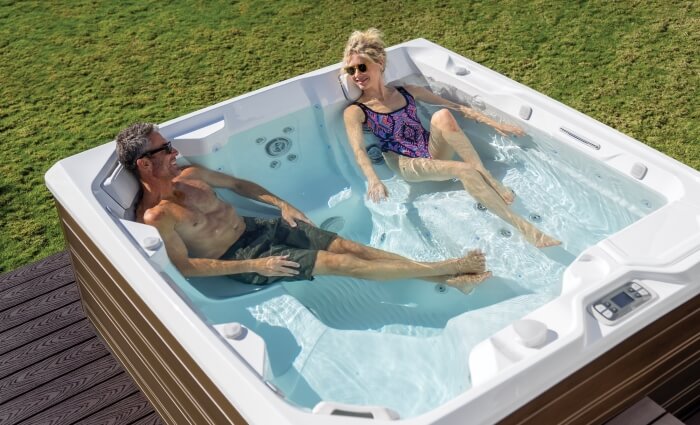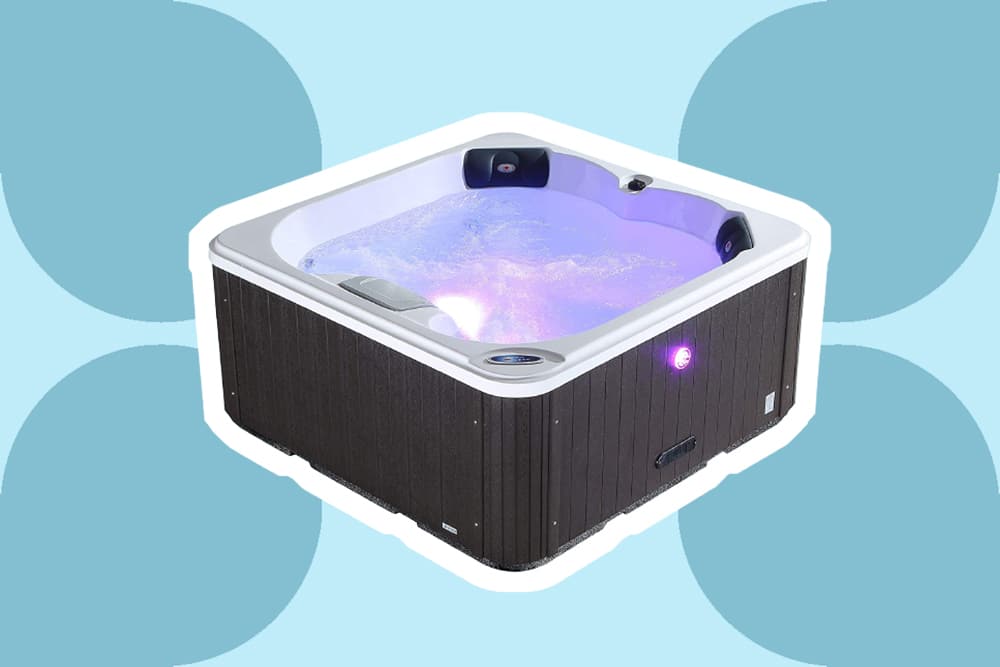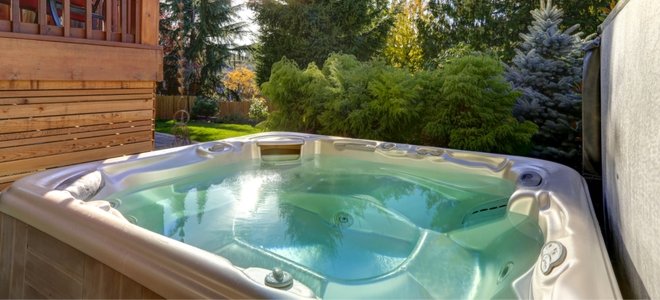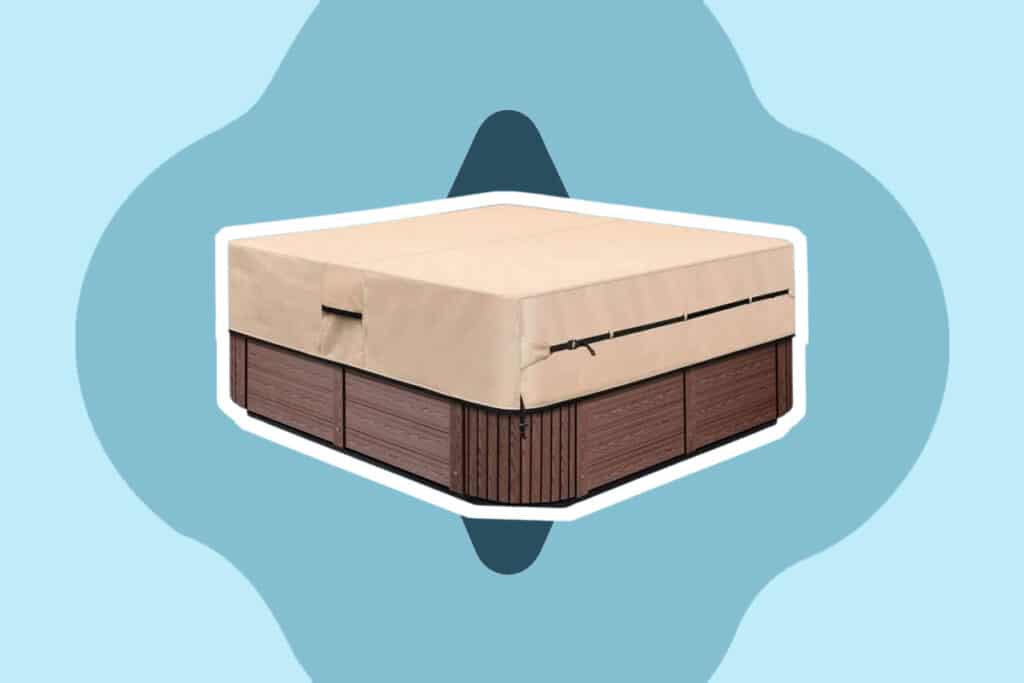

Japan is known for having amazing ancient traditions, and one of the most intriguing ones relates to its bathing rituals. When westerners shower, it’s usually for hygienic purposes. However, according to the BBC Trusted Source How often should you wash yourself - and your things? - BBC Bitesize What the experts saying about cleaning your toes, your sheets, your clothes – and almost everything else. www.bbc.co.uk , if you don’t engage in intensive activities, you can shower every other day.
The Ofuro bathing tubs are originally from Japan, where bathing is not just a cleansing activity but a spiritual endeavor. DIY Ofuro bathtubs are considered zen and provide a sense of harmony with the natural landscape and surroundings. It’s an escape and a personal relaxation space where you can restore your spiritual and mental wellbeing. If you’re thinking of adding an Ofuro bathtub and want to go the DIY route, we’ve compiled this comprehensive guide just for you!
Unlike conventional bathtubs, the Ofuro Tub is meant to give you a deep chin soak, so it’s usually deep. Customarily, the Japanese love soaking in very hot water that has been heated using non-electrical tub heaters. This water is then poured into the tub, and depending on the material of your DIY Ofuro tub; it may retain the high temperatures longer than modern bathtubs.
For a more authentic experience, the Japanese would shed their clothes (and their current frustrations and worries) before getting into the bath. They would then lather their bodies and rinse themselves thoroughly, and once they were clean, they would get into the tub. They considered this a time for relaxation and rarely used soaps and shampoos but instead used light fragrant oils and mineral salts. Sounds exciting, right?
There’s something about Ofuro Tubs that makes you want to shed all your concerns. They can, however, be expensive, but the good news is that you can easily make your own.
There are several amazing bathtub designs, and you need to make sure that the DIY ofuro bathtub you go for fits your tastes and preferences. Here are some of the factors that you should pay close attention to:
Traditionally, Japanese Ofuro bathtubs had standard dimensions. However, since you’re going the DIY route, you don’t have to restrict your tub to these measurements and can customize it to suit your preferences. Make sure you consider your size because if you’re tall, the tub will also have to be deeper and slightly wider.
The most important element, however, is to ensure your DIY Ofuro tub is designed in a way that makes it easy for you to spread your legs when you completely submerge your body or sit in the tub. We advise that you overestimate the dimensions because small tubs are highly uncomfortable.
The materials you choose highly determine the lifespan of your tub. Ancient Japanese Ofuro soaking tubs were made from wood. The wood used was picked based on its health benefits, durability, and ability to retain the high temperatures of the bathing water for long. Cedar was the most popular choice due to its durability and ability to withstand years of use. Currently, wood is highly expensive, but you can replace it with tiles, acrylic, and plastic, which are easy to install and cheaper.
Decide whether you prefer a high flow plumbing system, built-in water filter hit, and cold water system, or a reheating system. For a DIY Ofuro tub, you can keep it simple by only installing one hole at the bottom of the tub for easy drainage. We advise that you consult a qualified plumber for this part, especially if you’re unfamiliar with drainage and piping schemes.
Since the Ofuro tub is made of several separate pieces joined together, you need to carefully think through the overall structure to ensure all the elements fit. Make sure you use waterproof sealant on the joints, seams, and the base before assembling the tub.
The beauty of creating a DIY Ofuro tub is that you can customize it to suit your interior decor and personal tastes. Go through the various tub variations to find the one that you love best and get to work!
Ready to get started with your DIY Ofuro tub? Here’s a complete step-by-step guide.
Even though traditionally, these tubs were made from cedar, you can look for other types of wood but ensure it can withstand constant contact with water over a long time. Alternatively, you can also use other materials such as fiberglass and acrylic.
Once you have the specifications, cut the materials using a saw to get them ready for assembly.
Based on most reviews, the DEWALT table saw is one of the best. It has a metal roll cage that enhances its durability and comes in a compact size for easy storage and portability. This table saw also has onboard storage, is easy to adjust, and can make a variety of cuts.
Be careful when you’re cutting the pieces as you could injure yourself, and use the necessary eye protection wear to avoid hurting your eyes. Experts recommend the Edge TSKAP218 Kazbek safety glasses because they are not only stylish but also functional. They have an anti-slip feature that prevents them from falling off as you work and are comfortable. These safety glasses also help fight harmful UV rays and are highly durable.

Make sure all the cut materials are in accordance with the design that you prefer. Seal all the joints using a waterproof sealant. We recommend silicone as it’s compatible with most materials and highly efficient.
It’s easy to just drill one hole in the floor of the tub but ensure it’s connected to the plumbing. This will make it easy for you to empty the tub after your bath. Don’t forget to seal the drain,
You’ll need a reliable source of cold and hot water. Keep in mind that Ofuro tubs are usually deep, so you may need high flow plumbing to sustain the large volume of water required.
If the tub is indoors, personalize it so that it fits with your interior decor. If you plan on keeping it outside, make sure the material is well sealed to protect it against weather damage.
There are various Ofuro tub designs bit we have compiled 4 of the most common ones;
These types of Ofuro Bathtubs have a charming contemporary feel. As the name suggests, they have several steps leading up to the bath, giving it a homey and more private feel. Even though most step-up bathtubs use wooden material, they often vary in size & design and have a more modern outlook compared to Japanese ofuro tubs.
These types of Ofuro bathtubs are very luxurious and make your home feel like a spa. If you go with the wooden variant, the tub will look like Japanese hot springs. However, the dimensions are rarely the same as that of the traditional tub, and step-down bathtubs are usually more square.
There’s no doubt that the Wooden Ofuro bathtubs look authentic and classic, but they are difficult to clean. Wood isn’t smooth, and dirt residue is likely to settle in the cracks. Tiled bathtubs have a more comfortable surface for you to have your bath on and are easier to clean. They often look like Acrylic bathtubs but are more aesthetically pleasing. To give these bathtubs a traditional look, you can encase them with wood.
This is the only Ofuro bathtub variation that looks similar to traditional tubs. The only difference is that instead of being left open, the tub usually has a lid or cover to keep the water clean when it’s not in use. For the cover, you can use stretchable fabric, foldable plastic, or one-piece lids.
Other variations include:
We found these bathtubs to be very comfortable. Typically the main aim of an ofuro tub is not to bathe but to calm the body as much as possible. Instead of using conventional soaps, try using mineral salts and fragrances. You can also use heated sawdust to massage your skin.
To make sure your DIY Ofuro tub is comfortable, pay close attention to the dimensions to make sure they allow for your body size.
Unlike traditional bathtubs, you have to be clean when getting into an ofuro tub. First, cleanse yourself and then gently get into the tub to soak. For the best results, keep the water at a constant temperature of around 43 degrees. In Japan, people consider wetness as unpleasant, and it’s impolite to go back to the dressing room while you’re still wet. You’re supposed to dry yourself first and then wear a robe.
There are no standard dimensions for the Ofuro tub, but it is often around 27 inches deep. This is to allow the person using it to enjoy a chin-deep soak with ease. Whether you go for a square, circular, oval, or rectangular tub, ensure it has a diameter of at least 45 inches. Of course, you can customize this based on your preferences and the tub variation that you’re trying to create.
Building a DIY Ofuro tub seems difficult, but it’s often not. You just need to decide the material you plan on using, create your preferred design, and assemble the pieces. You should then install the drain & plumbing and then work on the decorations. If you’re having a hard time settling on the perfect design, you can seek inspiration from youtube or Pinterest. According to CNN Trusted Source Taking a bath might be good for your heart, study says - CNN (CNN)Ending your day with a hot bath might have more benefits relaxation. It could also lower your risk of heart disease and stroke, a new study finds. Previous research on bathing has already shown that it’s beneficial for sleep quality and how healthy a person thinks they are. edition.cnn.com , taking a shower is good for your heart, so get started on your DIY Ofuro tub today!
